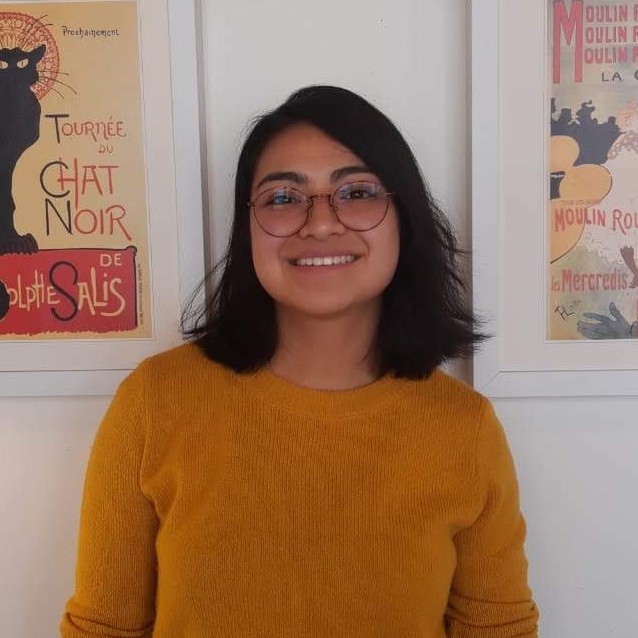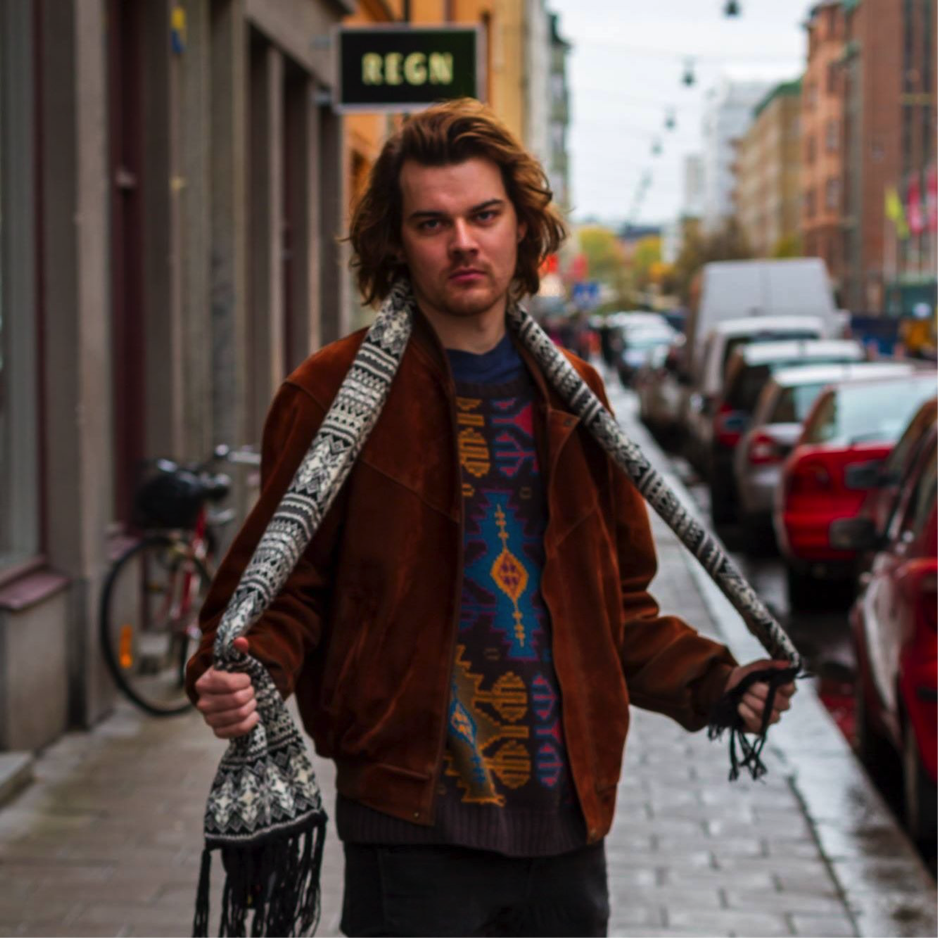Challenging "Reality" Through the Means of Art
In my art, I expose the underlying tensions between concepts, identity and experiences. I want to challenge the audience and confront them with their taught beliefs, which they themselves have not even reflected on yet. Just as my reality and image of women is a rather powerful strong one (empoderamente), rather than the helpless, “petite” images we are trained to perceive as feminine.
Brazil, Southern America
Story by Milton Camilo. Edited by Mira Kinn
Published on June 22, 2020.
Reading time: 4 minutes
This story is also available in 


I am an Afro-Brazilian painter and performer living in Germany. With my art, I play with and challenge my experiences growing up in Brazil and living in Germany for the last 20 years. In particular, I focus on gender roles: what we are taught to believe, the realities of gender roles, and their discrepancies.
I grew up in a working-class neighborhood in Rio with my single mother. My perception of women was shaped and taught by her. Coming from a matriarchal family, I have always learned from the presence of the women in my life. I know of the significance of Black matriarchal women in Brazil and their rituals. For example, the women in my family taught me how to use what nature has to offer for my health. When we did not have much to eat, we collected herbs. One can only do that when you know what is edible and what is poisonous. I inherited this knowledge from women, not from men, and this has had a strong influence on me.
I feel the benefits of these matriarchal teachings especially now, in the times of coronavirus, when I can hold on to and believe in knowledge that has been passed on to me through generations. The Portuguese word empoderamente[1] describes the power of the knowledge and the women who hold it. The community of black women I grew up with empower themselves: they have empoderamente inherently by developing their own survival strategies over generations.
My upbringing gave me an image of women as strong, independent, and powerful. This view is not the fragile, petite white women that are the beauty ideal, envisioned as counterparts for a strong man. My art is also informed by my own experiences with gender and identity. I started dancing ballet as a 19-year old in Brazil, in a time and place where it was not socially acceptable to be a boy who danced. In my neighborhood in Rio, I was immediately stigmatized as being gay, although I say that I love souls, no matter the gender.
In my art, I make these tensions and experiences visible. I want to challenge the audience and confront them with their taught beliefs, which they themselves have not even reflected on yet. For example, in 19th-century art, women are often painted as naked beauties, lying on a sofa almost like a sacrifice for the gaze of men. But as I said before, I have a different image of women, I connect them with empoderamente. Hence, I recently started painting men naked, as fragile beauties, to reverse the concept, and in some of my paintings you can see gender portrayed as a fluid concept:
My paintings can, therefore, be understood as political statements as well, visible to the attentive observer. They give a space where “the question of identity, cultures, time, and space are negotiated and challenged constantly, which happens in the form of an open question that is never fully answered.”[2] I hope that through my art, people start questioning, reflecting, and deconstructing concepts that seem “normal” and realize that the reality of gender is not as binary as it seems. Just as my reality and image of women is a rather powerful strong one (empoderamente), rather than the helpless, “petite” images we are trained to perceive as feminine.
Footnotes
[1] Empowerment
[2] See more on my website: http://www.miltoncamilo.de/index.php
How does this story make you feel?
Follow-up
Do you have any questions after reading this story? Do you want to follow-up on what you've just read? Get in touch with our team to learn more! Send an email to [email protected].
Talk about this Story
Please enable cookies to view the comments powered by Disqus.
Subscribe to our Monthly Newsletter
Stay up to date with new stories on Correspondents of the World by subscribing to our monthly newsletter:
Tags
Topic: Gender
> Netherlands
When your Body and Beliefs are at Odds: the Religious Taboo of Menstruation
A story by Shakila Dhauntal
4 min
I know that talking about these traditions is hard. Yet, discriminatory practices will continue unless they are addressed. Read more...
> United States
Gender-based Hiring in Engineering: Insulting Today, Inspiring Tomorrow
A story by Izzy Bauman
5 min English Audio available
I have been fortunate to be shaped by incredible women in my field, and it is my conviction that with time, my experience will be less of an anomaly. Read more...
> Mexico
Being a Woman in South Korea and Mexico
A story by Olga Mata
4 min
I was shocked as I realized that authorities in Mexico would have never worried about my friends the way the Korean government now did. Read more...
Explore other Topics
Get involved
At Correspondents of the World, we want to contribute to a better understanding of one another in a world that seems to get smaller by the day - but somehow neglects to bring people closer together as well. We think that one of the most frequent reasons for misunderstanding and unnecessarily heated debates is that we don't really understand how each of us is affected differently by global issues.
Our aim is to change that with every personal story we share.
Community Worldwide
Correspondents of the World is not just this website, but also a great community of people from all over the world. While face-to-face meetings are difficult at the moment, our Facebook Community Group is THE place to be to meet other people invested in Correspondents of the World. We are currently running a series of online-tea talks to get to know each other better.





























